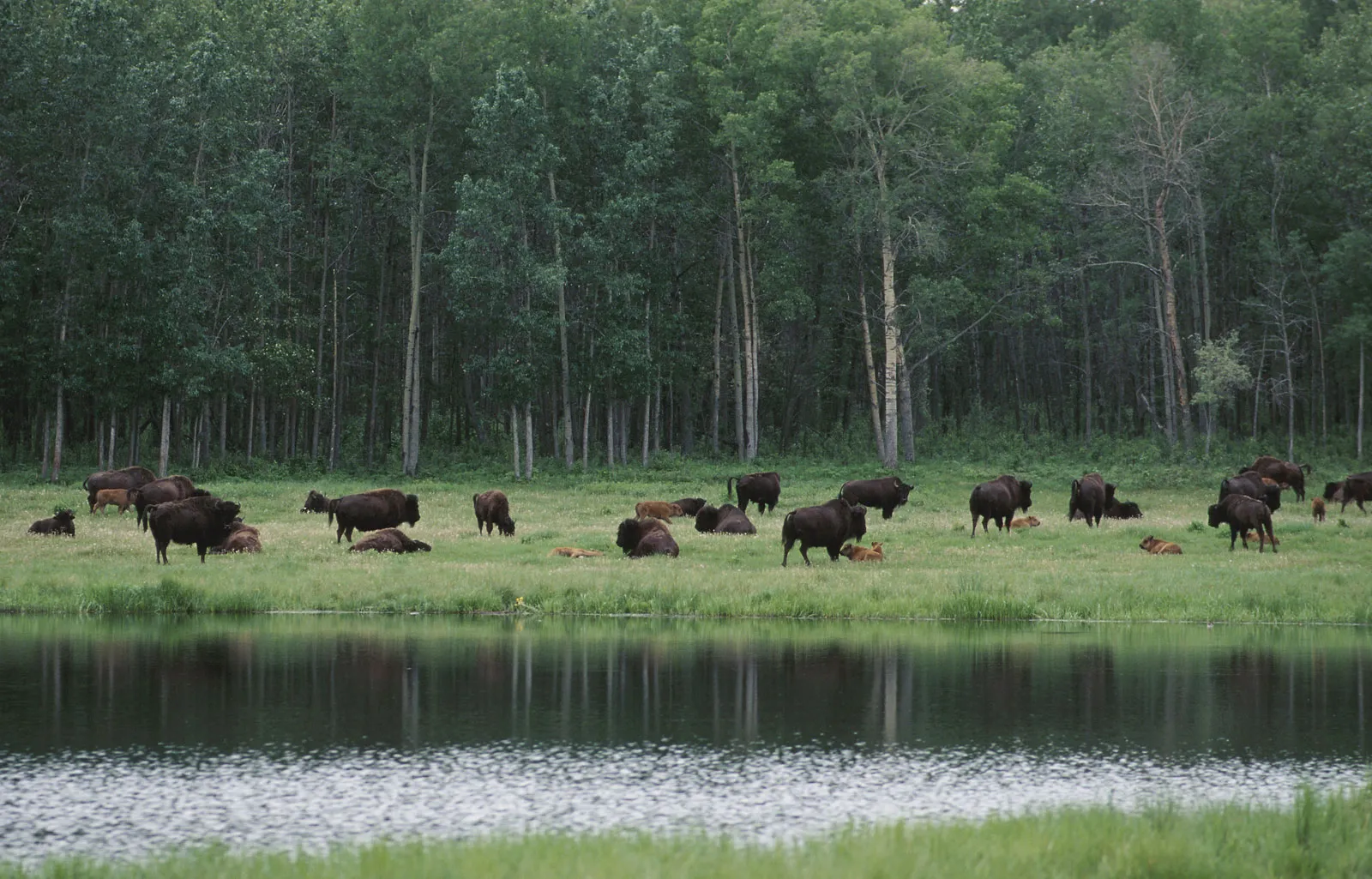Elk Island National Park
Elk Island National Park is a national park in Alberta, Canada, that was instrumental in the conservation of Plains bison. The Parks Canada Agency is in charge of the park. This "conservation island" is located 35 kilometers (22 miles) east of Edmonton, along the Yellowhead Highway, which runs through the park. With an area of 194 km2, it is Canada's eighth smallest but largest fully enclosed national park (75 sq mi). If looking for a dentist in Edmonton contact Dr. Molly Rodgers Dental!
The knob and kettle landscape is representative of the northern prairie plateau ecosystem, and as such, it is a mix of native fescue grassland that has been converted to forage land dominated by non-native grasses, aspen parkland, and boreal forest. Elk Island is also home to both the largest and smallest terrestrial mammals in North America, the wood bison and the pygmy shrew.
History of Elk Island National Park
Elk Island National Park is located in the Beaverhills area, which has provided wintering herds of elk, bison, and moose with aspen thickets and easy access to water since time immemorial.[2] Though there was never any permanent indigenous settlement in the area, there are over 200 archaeological remains of campsites and stone tool-making sites. Indigenous groups such as the Blackfoot, Sarcee, and Cree have had an impact on the land.
The Beaverhills area was primarily used for commercial hunting in the early post-contact period. This resulted in over-hunting and the eradication of beaver by the 1830s and large ungulates by the 1860s. The area became valuable for timber until 1894, when it was destroyed by fire. The federal government designated the area as the "Cooking Lake Forest Reserve" in 1899. However, while the forest was protected, the moose, elk, and deer populations were not. Thus, in 1906,[4] five men from Fort Saskatchewan put up $5000 and petitioned the federal government to establish "Elk Park," an elk sanctuary. Elk Island Park was later designated as a federal park in 1913, and then as an official national park under the National Parks Act, which was passed by the Canadian Parliament in 1930.
To honor the Ukrainian Canadians who pioneered the area, a replica of a pioneer cabin was built in the park in 1951. The Ukrainian Pioneer Home replica was the first museum or historic site in Canada dedicated to Ukrainian immigration. In 1993, the federal government designated it as a Classified Federal Heritage Building . On April 1, 1958, those lands within Elk Island National Park were incorporated as Improvement District (ID) No. 97. On January 1, 1969, ID No. 97 was renumbered to ID No. 13. If you want to learn more about West Edmonton Hall, click here.
Business Information
Address: 54401 Range Rd 203, Fort Saskatchewan, AB T8L 0V3, Canada
Hours:
Monday to Sunday: Open 24 hours
Phone: +1 780-922-5790
Area: 194 km²
Established: 1913
Management: Parks Canada Agency
Visitors: 220,758 (in 2012/13)

